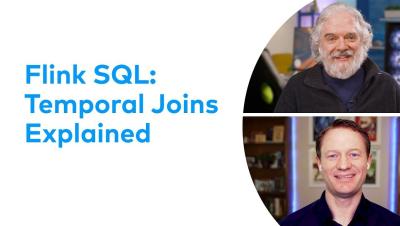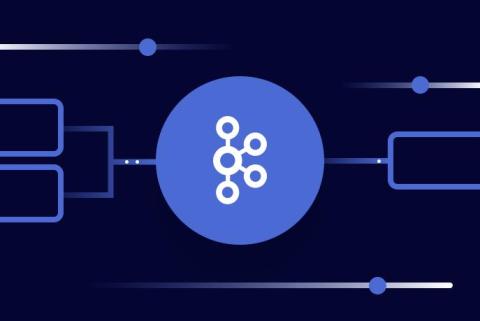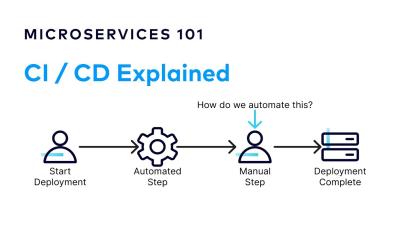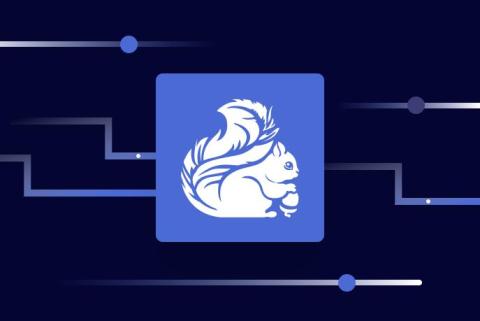Systems | Development | Analytics | API | Testing
November 2023
A Deep Dive Into Sending With librdkafka
In a previous blog post (How To Survive an Apache Kafka® Outage) I outlined the effects on applications during partial or total Kafka cluster outages and proposed some architectural strategies to handle these types of service interruptions. The applications most heavily impacted by this type of outage are external interfaces that receive data, do not control request flow, and possibly perform some form of business transaction with the outside world before producing to Kafka.
Continuous Integration and Delivery (CI/CD) | Microservices 101
Top 7 Free Apache Kafka Tutorials and Courses for Beginners in 2023
Stepping into the world of Apache Kafka® can feel a bit daunting at first. I know this firsthand—while I have a background in real-time messaging systems, shifting into Kafka’s terminology and concepts seemed dense and complex. There’s a wealth of information out there, and it’s sometimes difficult to find the best (and, ideally, free) resources.
Introduction to Consumer Group IDs | Apache Kafka Explained
Polyglot Architecture | Microservices 101
Handle Millions of IoT Devices Connected to Kafka via MQTT
Build Streaming Apps Quickly with Flink SQL Workspaces
At this year’s Current, we introduced the public preview of our serverless Apache Flink® service, making it easier than ever to take advantage of stream processing without the complexities of infrastructure management. This first iteration of the service offers the Flink SQL API, which adheres to the ANSI standard and enables any user familiar with SQL to use Flink.










